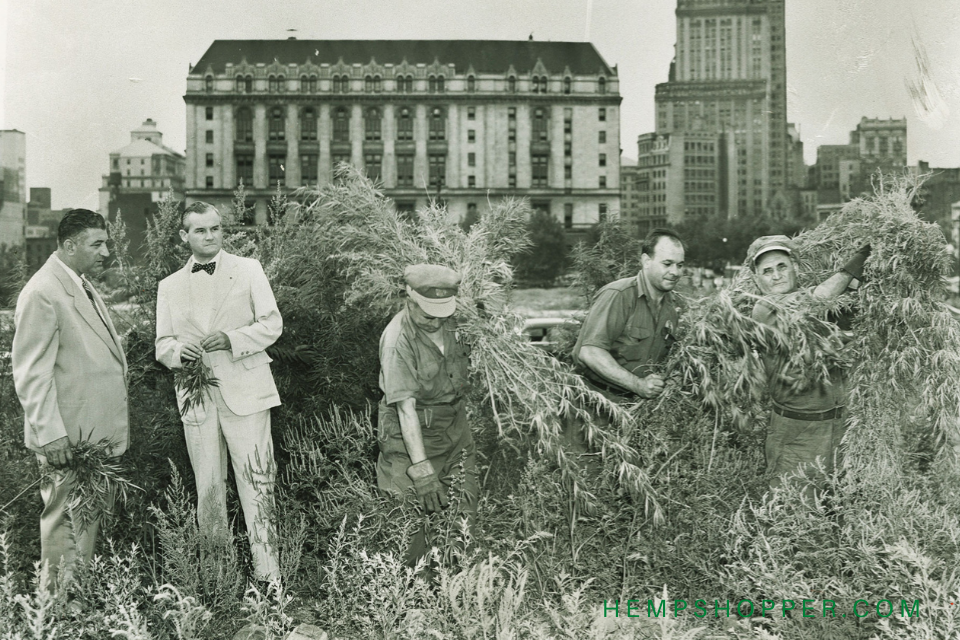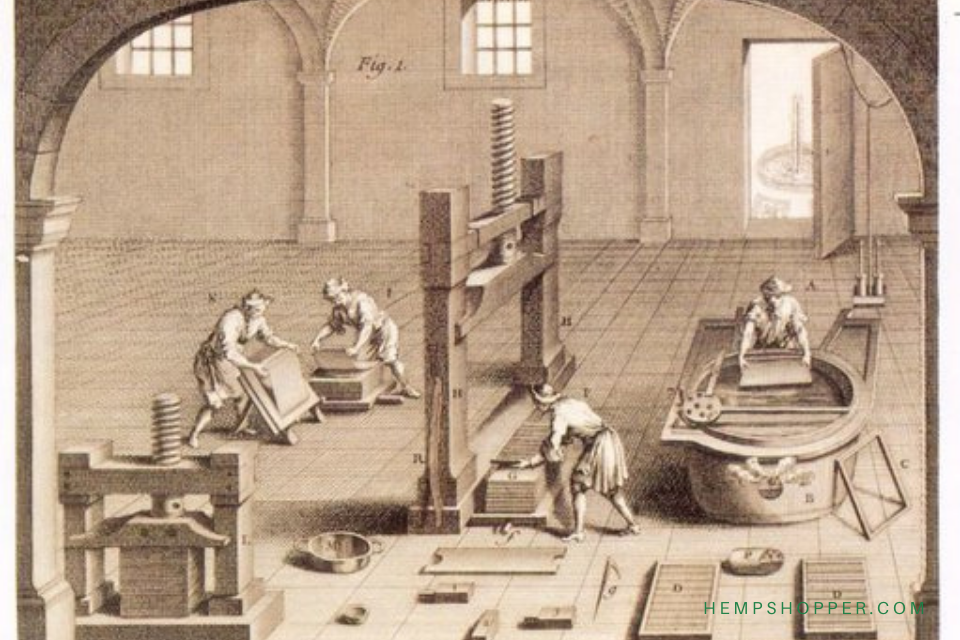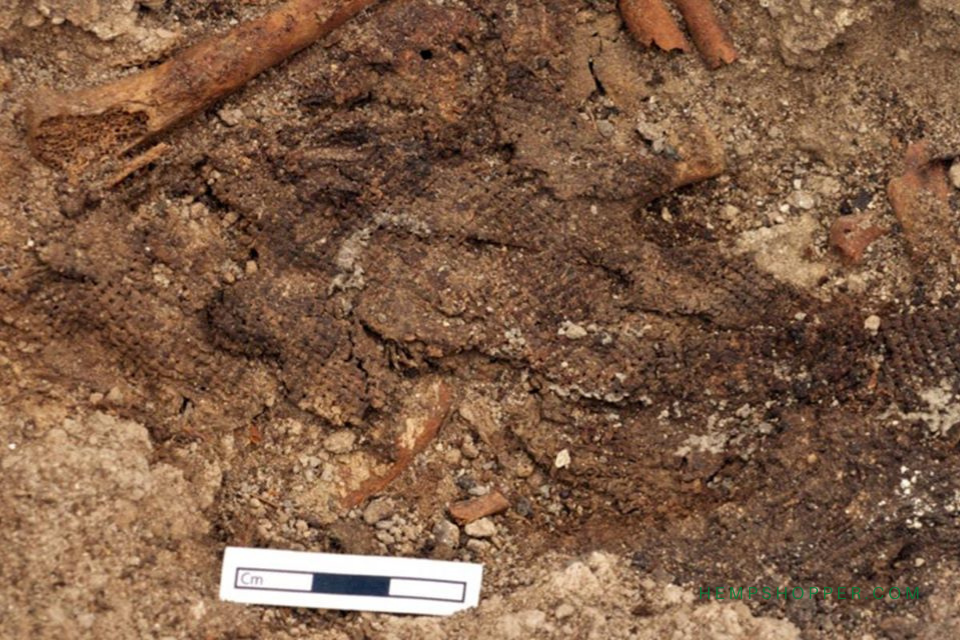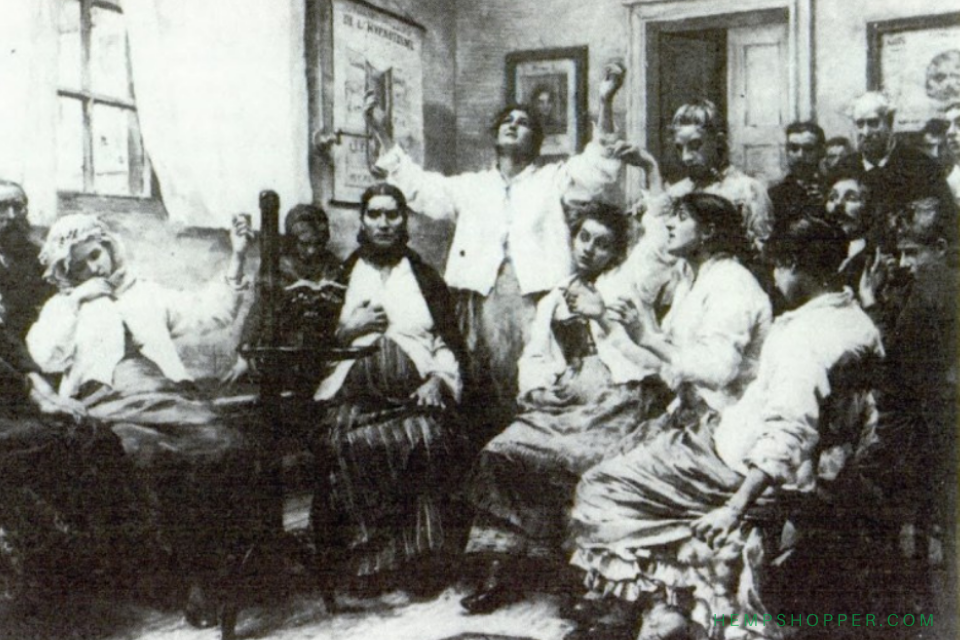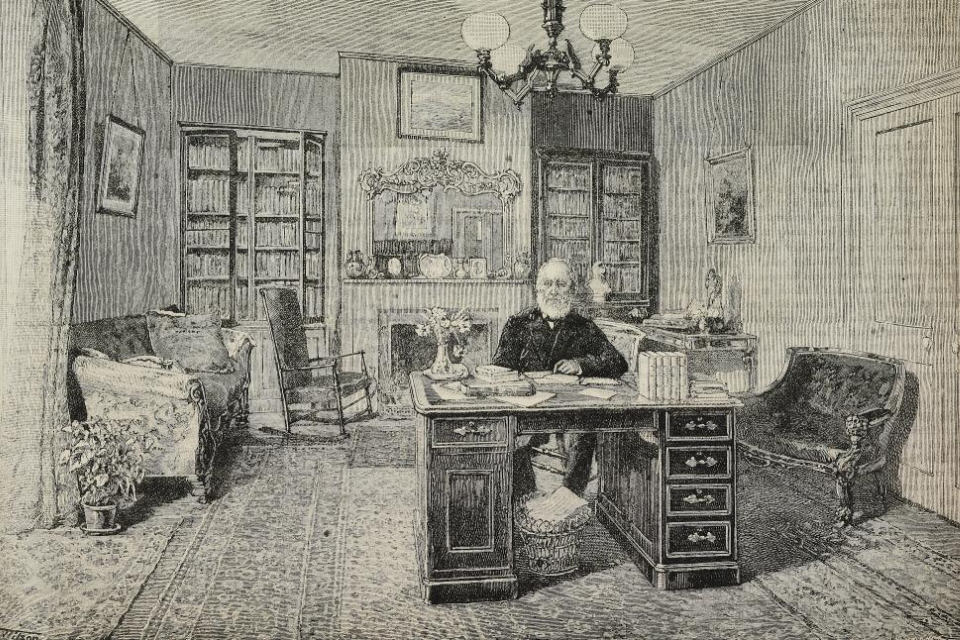1857: Fitz Hugh Ludlow writes The Hasheesh Eater

1857: Fitz Hugh Ludlow writes The Hasheesh Eater.
Fitz Hugh Ludlow, or Fitzhugh Ludlow, born September 11, 1836 was an American author, journalist, and explorer. Ludlow became well known for his autobiographical book The Hasheesh Eater which was first published in 1857. The book was published when Ludlow was twenty-one years old. It described the author’s altered states of consciousness and philosophical fantasy’s while he was using a cannabis extract. It was a success, going through a few printings in a short time. Although Ludlow published both the book and his earlier article The Apocalypse of Hasheesh anonymously, he could take benefit of the book’s notoriety.
In his early college years, Fitz Hugh had already a medical curiosity which drew him to visit his “friend Anderson the apothecary” regularly. During these visits, Ludlow “made upon myself the trial of the effects of every strange drug and chemical which the laboratory could produce.”[1] A few months earlier, Bayard Taylor’s Putnam’s Magazine article The Vision of Hasheesh[2] had been devoured by Ludlow, and so when the cannabis-based tetanus remedy called Tilden’s extract came out he had to try some.
Ludlow became a “hasheesh eater,” he ingested large doses of the cannabis extract regularly throughout his college years. He found that with hashish he could, from the comfort of his couch adventure along with the words of authors. He described it as “the whole East, from Greece to farthest China, lay within the compass of a township; no outlay was necessary for the journey. For the humble sum of six cents I might purchase an excursion ticket over all the earth; ships and dromedaries, tents and hospices were all contained in a box of Tilden’s extract.”[3] He found the cannabis extract a boost to his creativity: “My pen glanced presently like lightning in the effort to keep neck and neck with my ideas,” although he writes at one point: “[a]t last, thought ran with such terrific speed that I could no longer write at all.”[4]
The Hasheesh Eater was written on the advice of Ludlow’s physician during his withdrawal. Ludlow couldnt find the words to describe his experiences: “In the hasheesh-eater a virtual change of worlds has taken place… Truth has not become expanded, but his vision has grown telescopic; that which others see only as the dim nebula, or do not see at all, he looks into with a penetrating scrutiny which distance, to a great extent, can not evade…. To his neighbour in the natural state he turns to give expression to his visions, but finds that to him the symbols which convey the apocalypse to his own mind are meaningless, because, in our ordinary life, the thoughts which they convey have no existence; their two planes are utterly different.”[5]
1. LUDLOW, Fitz Hugh (1857): The Night Entrance. The Hasheesh Eater. 2. TAYLOR, Bayard (1854): The Vision of Hasheesh. Putnam’s Monthly Magazine. 3. LUDLOW, F.H. (1857): The Hour and the Power of Darkness. The Hasheesh Eater . 5. LUDLOW, Fitz Hugh (1857): The Book of Symbols. The Hasheesh Eater. Research and text © Hempshopper Amsterdam.


 Hempshopper Amsterdam
Hempshopper Amsterdam 